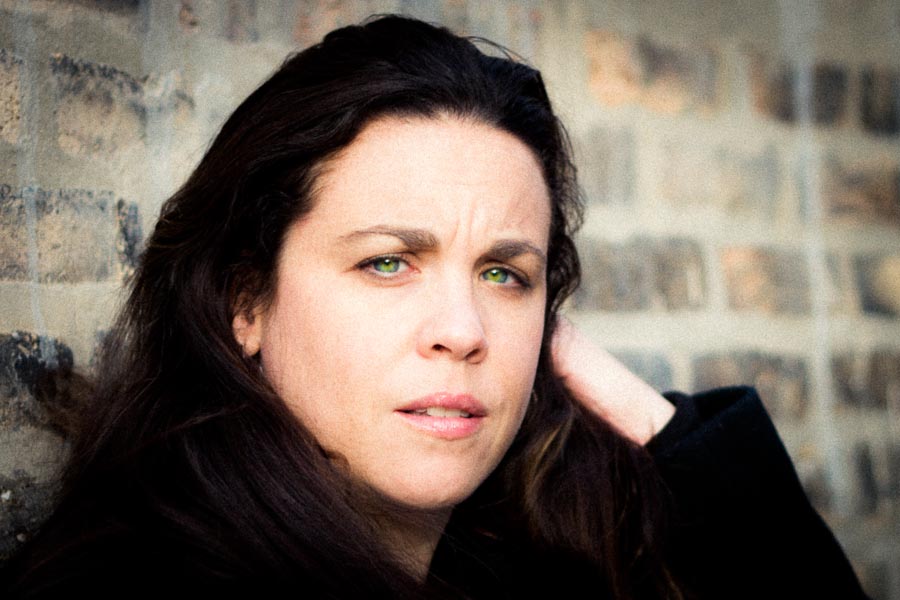I forgot to post this photo from the Tsukiji fish market earlier:
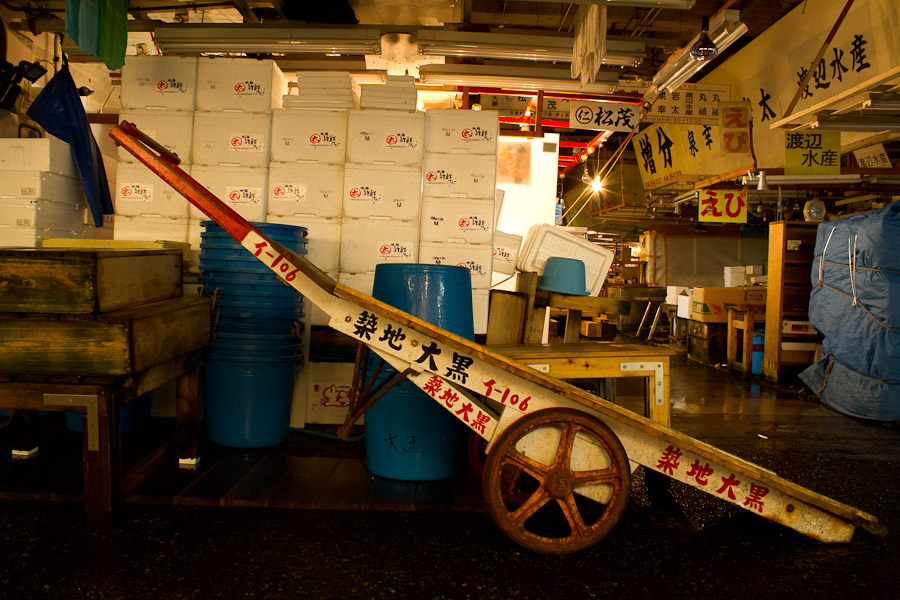
Two of them, the first in Kyoto:
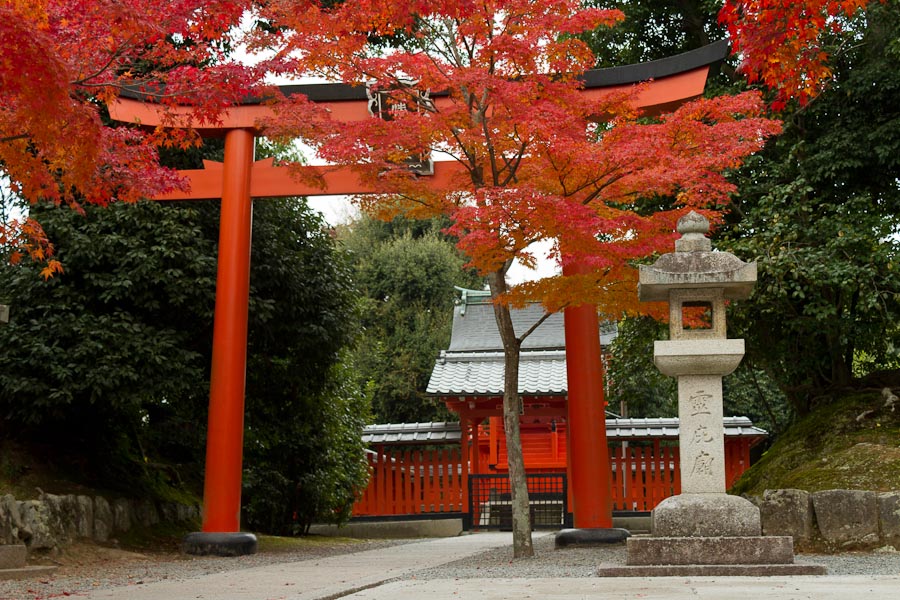
The other in Tokyo:
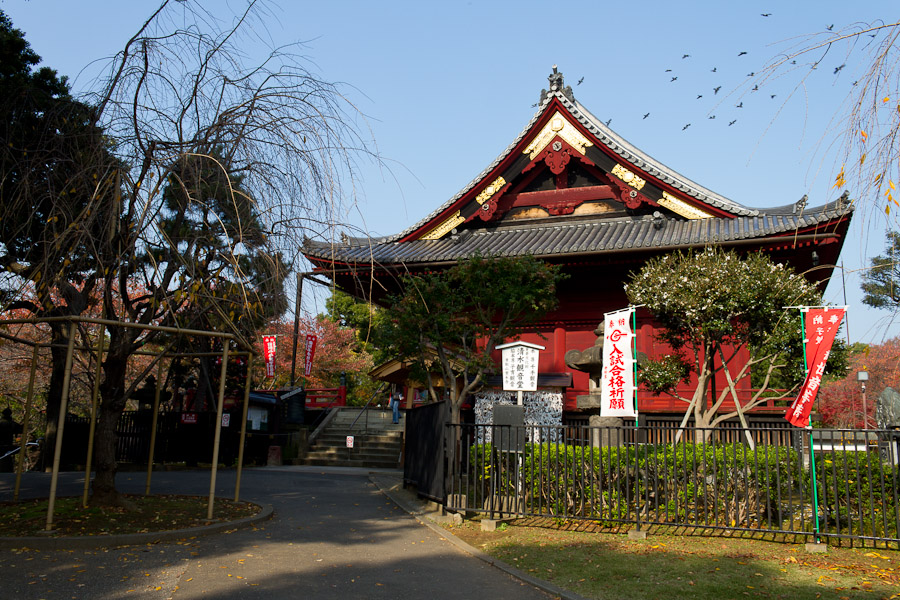
Tokyo at night, with a 6-second exposure:
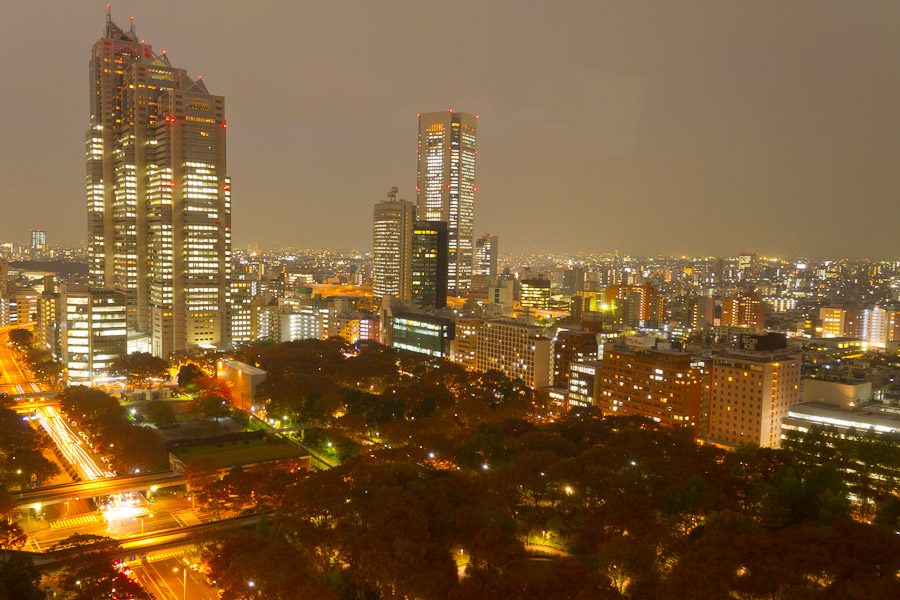
(Here's the daytime view.)
Yesterday I took the Shinkansen from Tokyo to Kyoto and back. The 476 km trip takes two hours and twenty minutes, averaging 200 km/h including stops.
The best we have in the U.S. over the same distance, the Acela from Boston to Philadelphia (511 km), takes just over five hours on a good day and more if it snows. Chicago to St. Louis (457 km) is scheduled for five and a half hours, but I haven't ever made the trip in under six.
The U.S. made different choices than Japan (or Europe: London to Newcastle, 483 km, takes 2 hours and 50 minutes), because our vast depopulated spaces made an automobile-based infrastructure deceptively appealing. Wouldn't it be incredible if the U.S. experienced some kind of economic situation where it made a lot of sense to start correcting that monumental error? Oh, right.
In any event, I left the Tokyo train station a little past 10 in the morning and got to see this by 2, which is really the point:
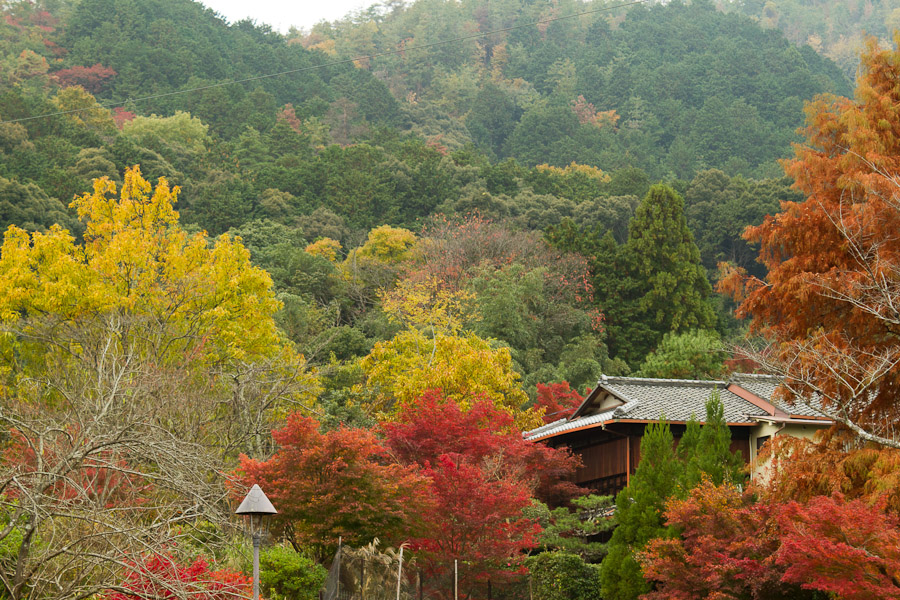
Exhibit 1, a very fast train:
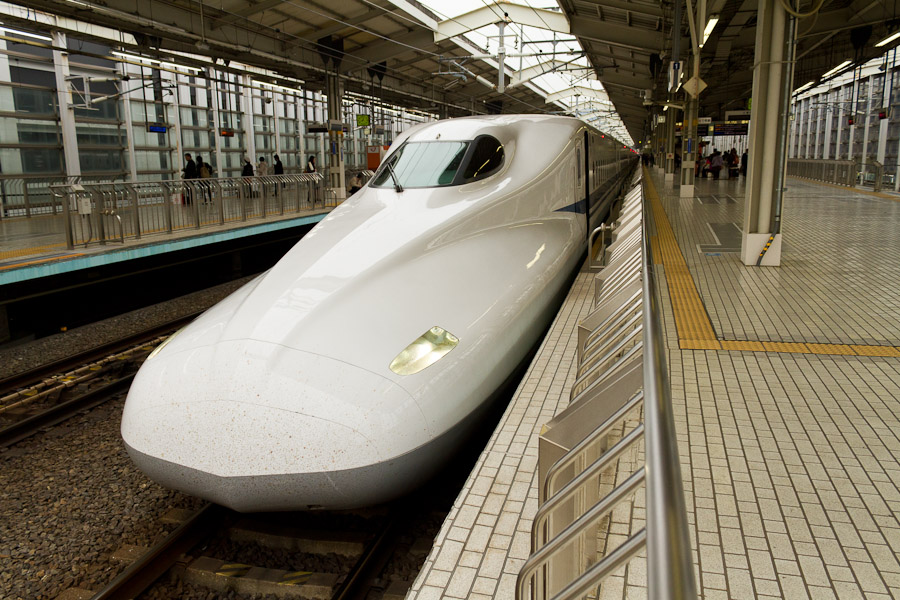
Exhibit 2, autumn at Tenryu-ji, one of 17 UNESCO World Heritage Sites in Kyoto:
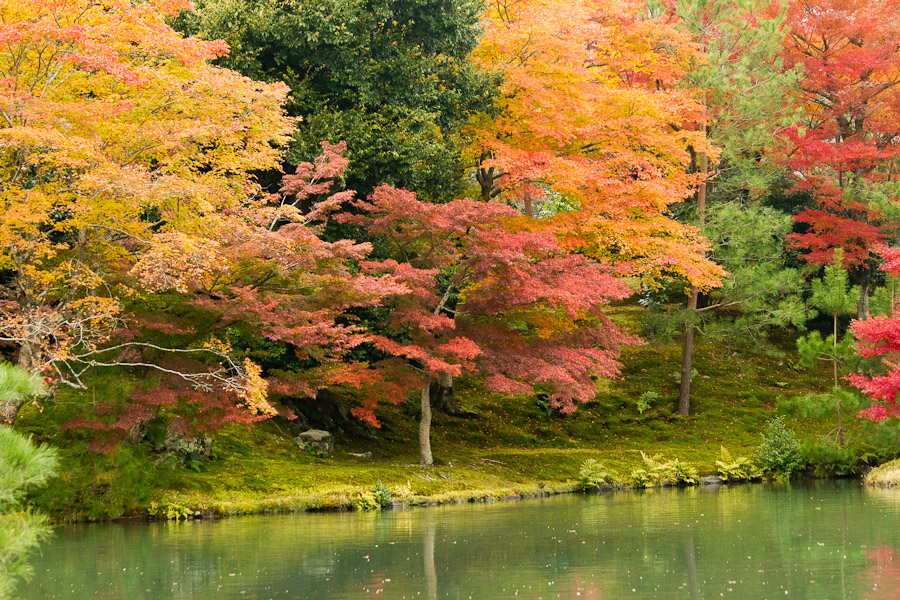
Exhibit 3, a juxtaposition of transportation technologies:
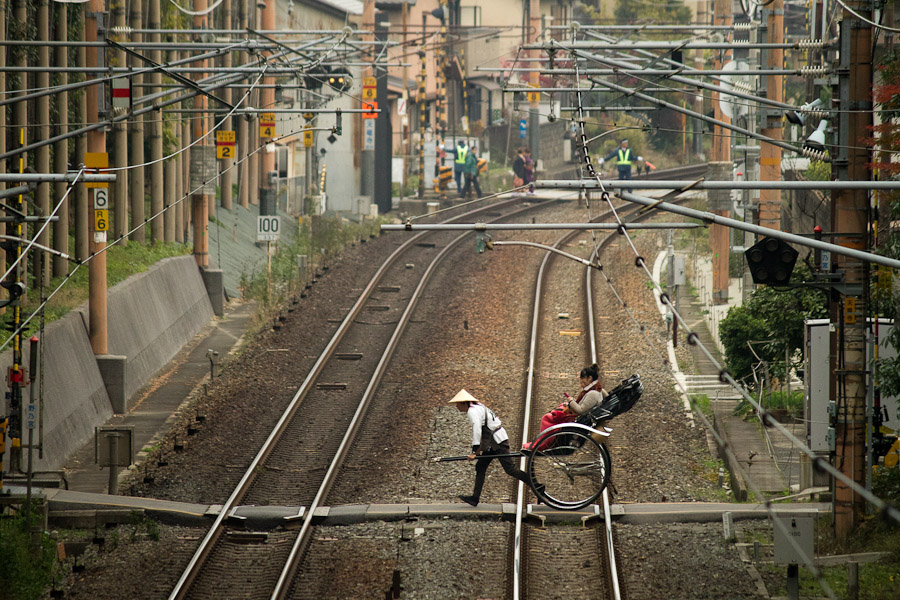
Explanation, to the extent required, follows tomorrow morning.
Every year, the Economist publishes the Big Mac Index, "a fun guide to whether currencies are at their ��correct” level. It is based on the theory of purchasing-power parity (PPP), the notion that in the long run exchange rates should move towards the rate that would equalise the prices of a basket of goods and services around the world." The current spot price of a Big Mac in Tokyo today is ¥680: just under $9. Yes, NINE DOLLARS.
This fact might cushion the surprise I experienced this evening when I discovered that four small chicken skewers (yakitori), one medium bowl of rice, and a beer, cost $32.75, including tax. This wasn't at the Tokyo equivalent of Charlie Trotter's; this was at an anonymous izakaya near the Shinjuku train station.
Now, friends and enemies alike will tell you that I routinely spend that much at, say, my remote office. There's a tip, for starters, not to mention the occasional disnumeria after I've spent an afternoon there. Only, at Duke of Perth, that amount goes a little farther.
I've noticed other things beside the angina-inducing prices in this city. In no particular order:
- I stand out. I've traveled all over the world, and in no other city (except possibly Shanghai) do I stick out more obviously than I do here. I find no small irony in that here, people don't know whether I'm American or Albanian; but they know I speak English, they know I'm not from these parts, and they know I'm the most likely person in any crowd to act unpredictably. It's not just me; all European-looking people look out of place here. And we all smile wanly at each other on the streets. It's odd.
- Shibuya at night looks just like you'd imagine, sort of Piccadilly Circus, Times Square, and North Michigan Avenue smashed together and fed amphetamines. I'm glad I had the experience. People who know me will understand how happy I am to report that I have been to the most crowded, most chaotic, and most commercial place I have ever seen (i.e., the Shinjuku train station), on my way to the most crowded, most chaotic, and most commercial place the world has ever seen (i.e., Shibuya Crossing at 5pm). And this was Sunday night. Tomorrow, when both the train station and the shopping area are actually busy, I might avoid it. In fact, since my access to the rest of Japan depends on going through the busiest train station in the world, I may start fantasizing about renting a cabin in upper Manitoba for my next vacation.
Obligatory Shibuya-at-night photo:
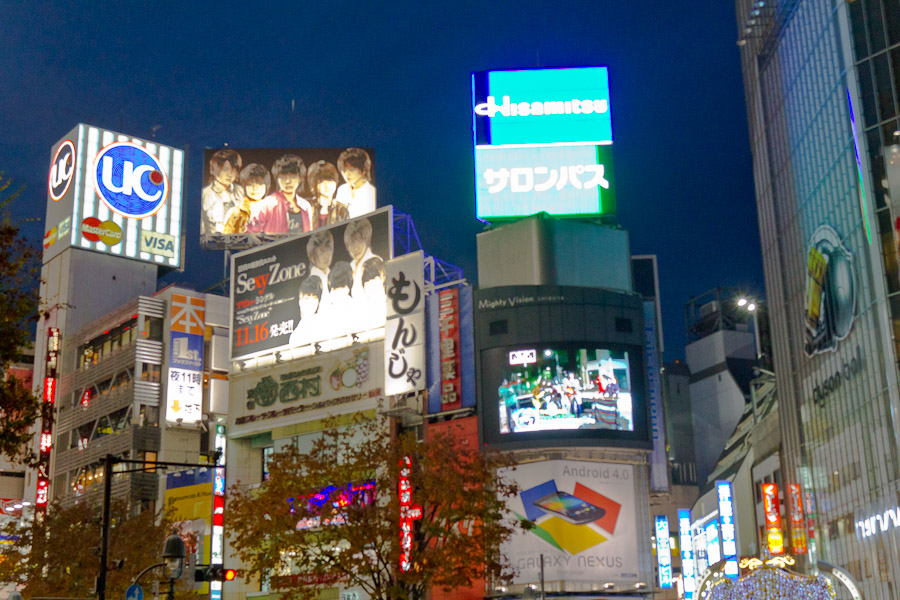
- No one here speaks English, but it doesn't matter. I've encountered none but helpful, patient people for the last two days. The price of dinner tonight may have made my baby cheeses cry, but the wait staff really dug in and helped me find the right words in my little dictionary. They were also enormously impressed that I know how to use chopsticks, which puzzled me, because I haven't encountered too many Americans who can't. Perhaps they thought I was British?
None of these things really bothers me, by the way. Well, all right, the crowds in Shibuya did, but it's Tokyo, so there are crowds, so what? I mean, we don't have this back home:
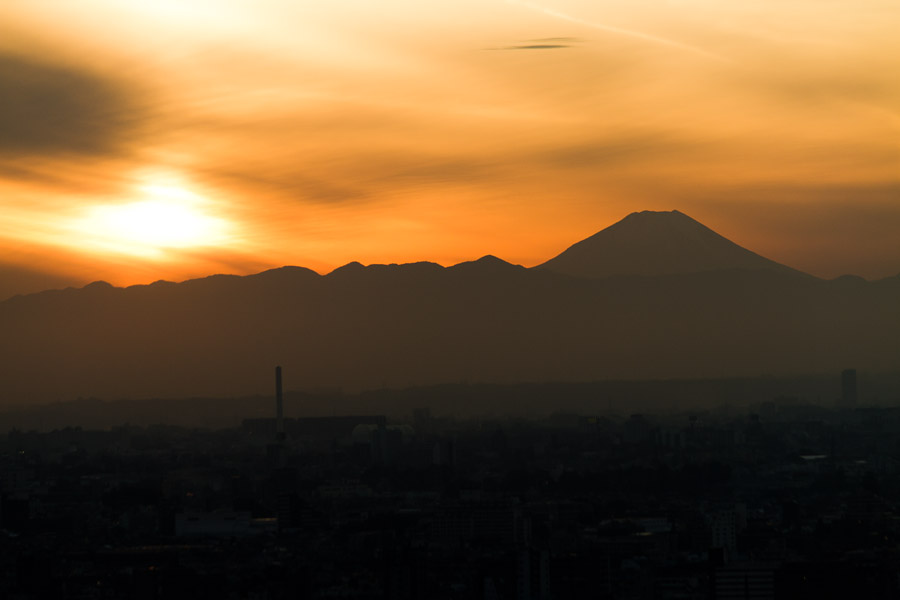
Lonely Planet has by far the most helpful guidebooks in English. Their Tokyo City Guide recommends hopping on the Yamanote train to get an overview of the city. The train goes around central Tokyo in a little more than an hour; when combined with an all-day rail/subway pass (¥1580), it gives you a good overview of the place. Here's the inside (counterclockwise) train pulling into Tokyo Station:
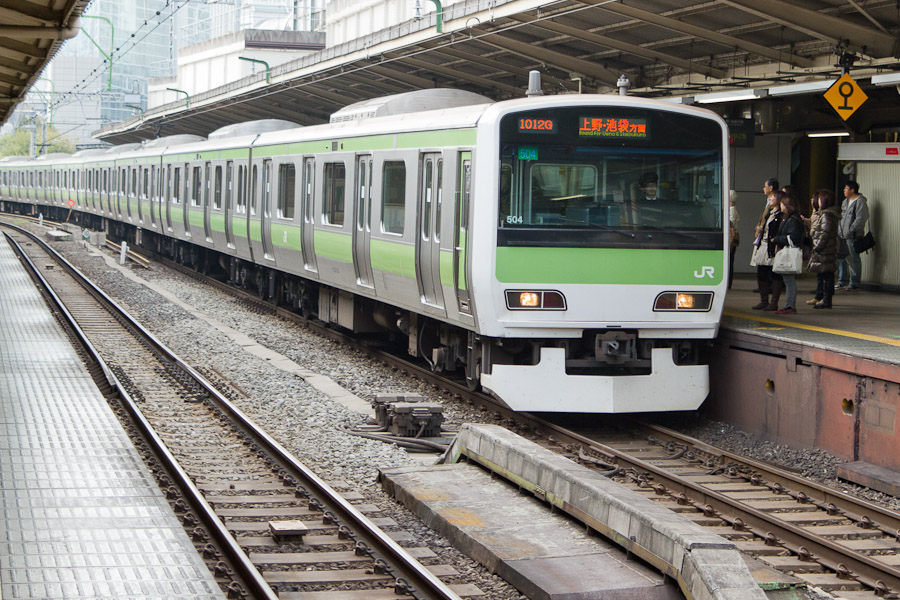
From Shinjuku, I went around to Tokyo Station, and walked over to the Imperial Palace. You can't get near the place, really; there's even a moat around it, in case of siege engines. I did wander the outer garden, dodging bicycles and Japanese tourists, and finding an unusual (for me) number of people doing watercolors:
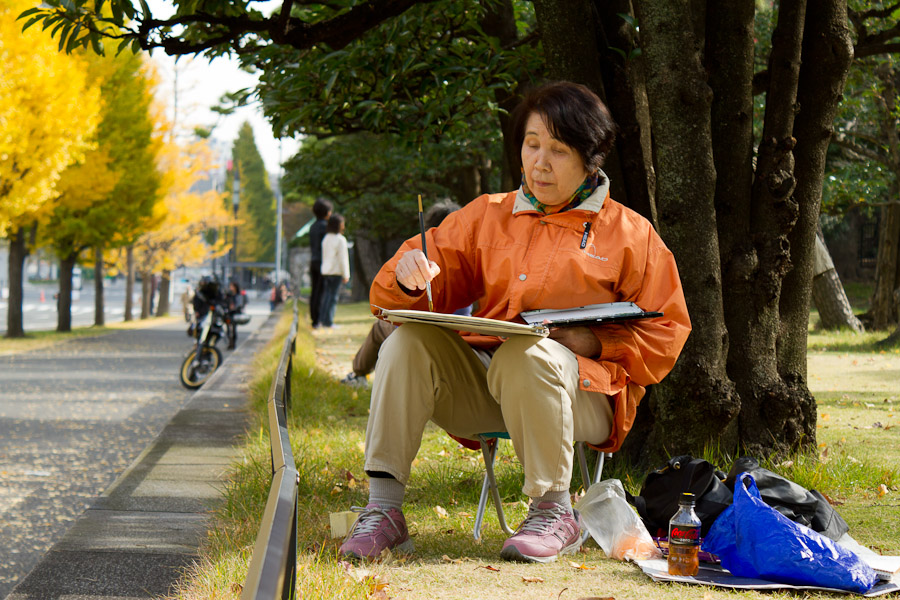
Back to Tokyo Station for lunch in one of the crowded food courts, where I sampled three different kiosks and only bit into one thing I didn't like. (I must remember to ascertain what part of the chicken is on the teppanyaki stick.)
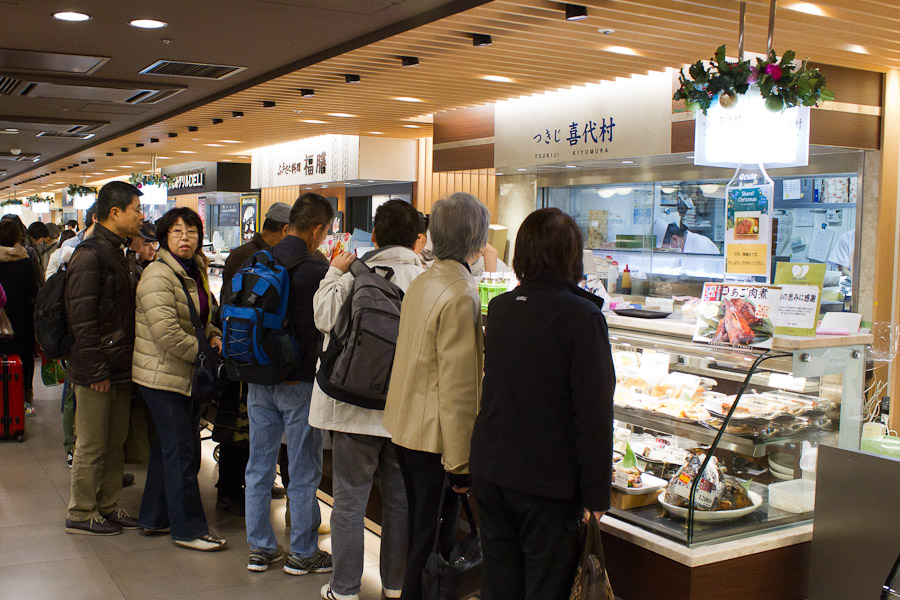
I decided not to try these, however; $15.50 was just too expensive:
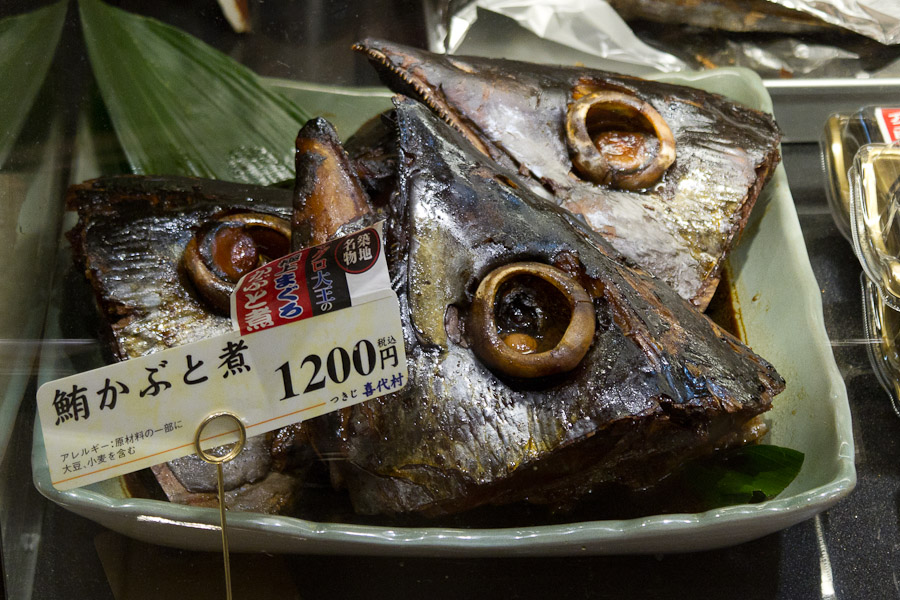
After lunch I continued on the Yamanote train to Shibuya, which everyone who's ever seen a photo of Tokyo has seen. I plan to head back there around sunset to (a) get photos of it at night and (b) eat dinner in one of its thousands of little restaurants. Stand-up sushi, maybe? Itadakimasu!
I'm rushing to get a major change to the resurrected dasBlog code done before I leave tomorrow (because I don't want to push code from anywhere I can't recover). Meanwhile, here's a timely NSFW comic for your holiday.
Last one from Saturday's photo shoot with historian Mimi Cowan:
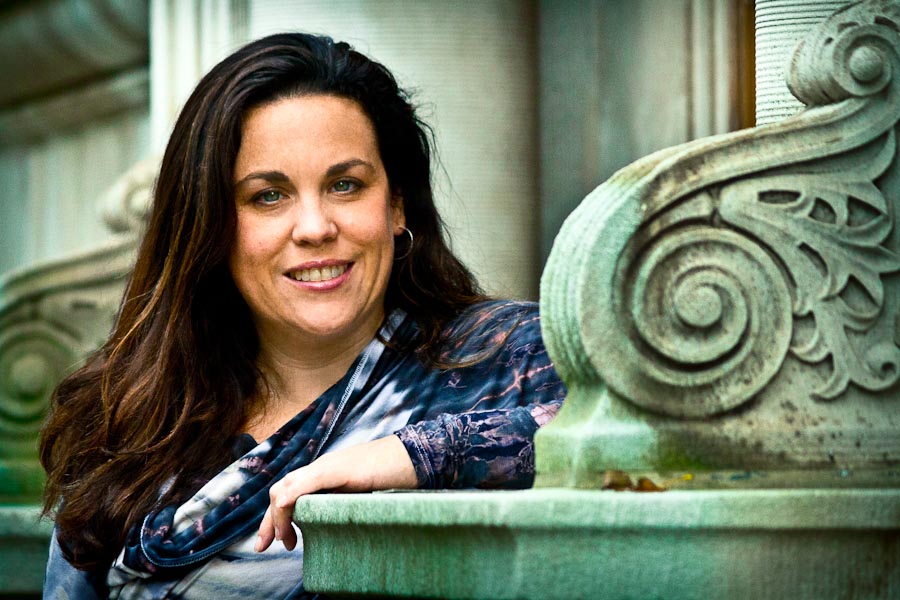
ISO-3200, f/5.6 at 1/250, 250mm, here.
Historian Mimi Cowan needed new headshots for her professional CV. So yesterday, we got a few:
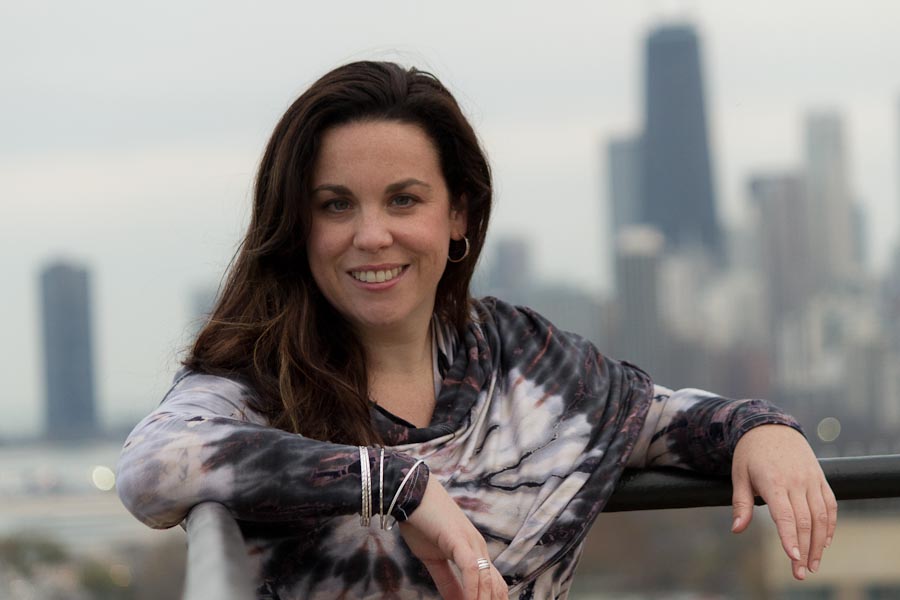
ISO-800, f/5 at 1/250, 116mm, here.
And if she releases a solo album, we got the cover photo:
